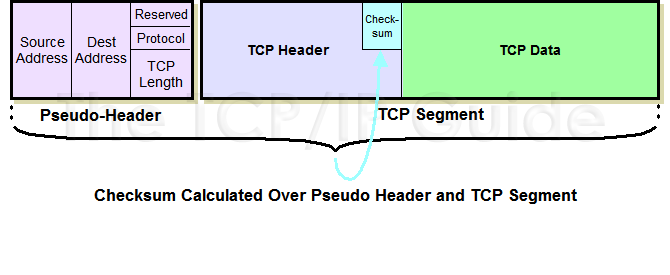 |
|
Please Whitelist This Site?
I know everyone hates ads. But please understand that I am providing premium content for free that takes hundreds of hours of time to research and write. I don't want to go to a pay-only model like some sites, but when more and more people block ads, I end up working for free. And I have a family to support, just like you. :)
If you like The TCP/IP Guide, please consider the download version. It's priced very economically and you can read all of it in a convenient format without ads.
If you want to use this site for free, I'd be grateful if you could add the site to the whitelist for Adblock. To do so, just open the Adblock menu and select "Disable on tcpipguide.com". Or go to the Tools menu and select "Adblock Plus Preferences...". Then click "Add Filter..." at the bottom, and add this string: "@@||tcpipguide.com^$document". Then just click OK.
Thanks for your understanding!
Sincerely, Charles Kozierok
Author and Publisher, The TCP/IP Guide
|
|
|

Custom Search
|
|
TCP Checksum Calculation and the TCP "Pseudo Header"
(Page 2 of 3)
Increasing The Scope of Detected Errors: the TCP Pseudo Header
To this end, a change was made in how the TCP checksum is computed. This special TCP checksum algorithm was eventually also adopted for use by the User Datagram Protocol (UDP).
Instead of computing the checksum over only the actual data fields of the TCP segment, a 12-byte TCP pseudo header is created prior to checksum calculation. This header contains important information taken from fields in both the TCP header and the IP datagram into which the TCP segment will be encapsulated. The TCP pseudo header has the format shown in Table 158 and Figure 217.
Field Name |
Size (bytes) |
Description |
Source Address |
4 |
Source Address: The 32-bit IP address of the originator of the datagram, taken from the IP header. |
Destination Address |
4 |
Destination Address: The 32-bit IP address of the intended recipient of the datagram, also from the IP header. |
Reserved |
1 |
Reserved: 8 bits of zeroes. |
Protocol |
1 |
Protocol: The Protocol field from the IP header. This indicates what higher-layer protocol is carried in the IP datagram. Of course, we already know what this protocol is, it's TCP! So, this field will normally have the value 6. |
TCP Length |
2 |
TCP Length: The length of the TCP segment, including both header and data. Note that this is not a specific field in the TCP header; it is computed. |
|
Once this 96-bit header has been formed, it is placed in a buffer, following which the TCP segment itself is placed. Then, the checksum is computed over the entire set of data (pseudo header plus TCP segment). The value of the checksum is placed into the Checksum field of the TCP header, and the pseudo header is discarded—it is not an actual part of the TCP segment and is not transmitted. This process is illustrated in Figure 218.
|
|
When the TCP segment arrives at its destination, the receiving TCP software performs the same calculation. It forms the pseudo header, prepends it to the actual TCP segment, and then performs the checksum (setting the Checksum field to zero for the calculation as before). If there is a mismatch between its calculation and the value the source device put in the Checksum field, this indicates that an error of some sort occurred and the segment is normally discarded.
|
| |||||||||||||||||||
Home - Table Of Contents - Contact Us
The TCP/IP Guide (http://www.TCPIPGuide.com)
Version 3.0 - Version Date: September 20, 2005
© Copyright 2001-2005 Charles M. Kozierok. All Rights Reserved.
Not responsible for any loss resulting from the use of this site.








 Note: The Checksum field is itself part of the TCP header and thus one of the fields over which the checksum is calculated, creating a “chicken and egg” situation of sorts. This field is assumed to be all zeroes during calculation of the checksum.
Note: The Checksum field is itself part of the TCP header and thus one of the fields over which the checksum is calculated, creating a “chicken and egg” situation of sorts. This field is assumed to be all zeroes during calculation of the checksum.